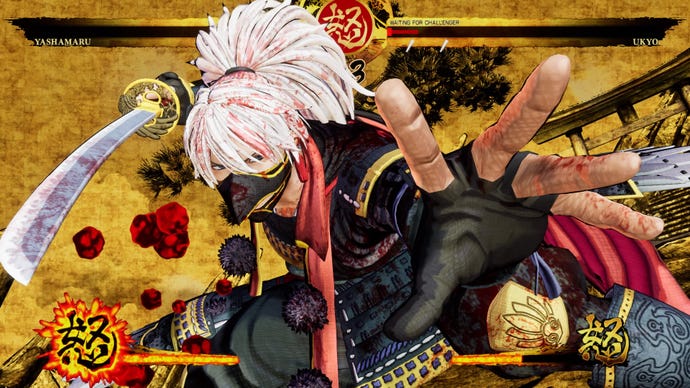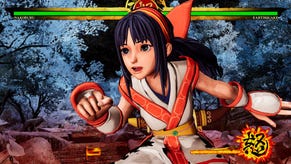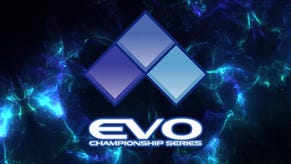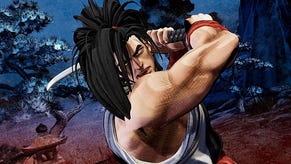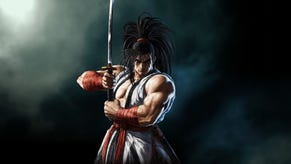Samurai Shodown Review
The venerated fighting game series is back.
This article first appeared on USgamer, a partner publication of VG247. Some content, such as this article, has been migrated to VG247 for posterity after USgamer's closure - but it has not been edited or further vetted by the VG247 team.
Samurai Shodown is a reboot of sorts, beyond just name alone. The first new SamSho on consoles in a decade, the weapon-based 2D fighter returns with a deliberate weight and heft to every hit. But where it excels in capturing the samurai spirit, the slim offering of content outside Versus mode makes this a less appealing pitch to those who aren't already heavily invested in playing a new Samurai Shodown.
If you're unfamiliar with Samurai Shodown, it's a fighting game set mostly in 18th century Japan. It has a world warrior feel to it, as you can play as many different weapon-based fighters from around the world, from samurai and knights to ninja assassins and Tam-Tam, who goes beyond explanation. Everyone wields a weapon of some kind, though you can also fight unarmed, by choice or force of your opponent's moves.
Samurai Shodown is all about the big hits. A whiffed slash could easily mean a third of your lifebar, and while you have dashes and jumps, the walk speed is fairly slow. Due to this, playing Samurai Shodown feels a little more deliberate and sluggish than other fighting games, by design-it's really satisfying to block or dodge an enemy's strike, return in kind with a heavy slash, and watch their life disappear in an instant.
While the big hits are definitely big in Samurai Shodown, some moves and responses feel just a hair more sluggish than I like. This could easily be personal preference, but some moves have extra-long wind-ups and recoveries, which is especially punishing if you input something by accident. Basically, this is a game that demands accuracy and precision, so it's not exactly going to be a comfortable pace for every player.
If that's something you're looking for though, Samurai Shodown delivers an experience that feels unique in the realm of fighting games. The dance back and forth, especially when fighters are at low health, feels tense. You have to fight the urge to just spam moves, instead carefully watching and biding time, hunting for an opening. There aren't too many combo strings to memorize; rather, it's about getting into the mind of your opponent and playing the neutral game well.
There are a few mechanics to help you find those much-needed comebacks. The Rage meter is still around, and you can sacrifice it for a Rage Explosion, which doubles your attack power while slowly consuming the meter you've built up. You can also use Lightning Blade in this form, sacrificing your Rage meter for the entire match on one attack. If it lands, you get a Kurosawa-esque fade to black and pose, dealing massive damage based on how much Rage you spent.
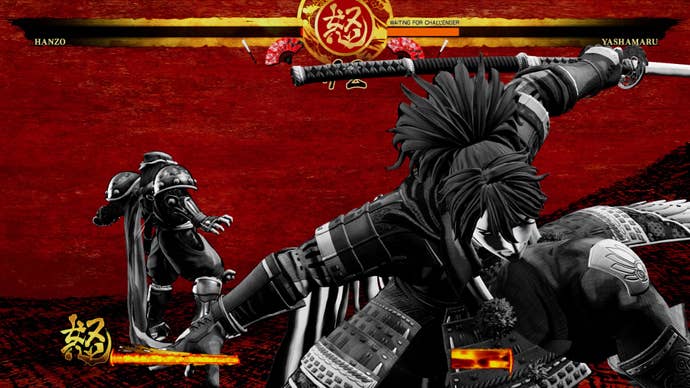
Moves like this emphasize the core of Samurai Shodown: risk vs. reward. It's a delicate balance between careful, methodical play and precarious gambles. Rounds can last the full timer (extra, due to a Rage Explosion stalling the timer) or be over in seconds. It's a very fine line that Samurai Shodown walks well, and even if it isn't your preference in a fighting game, it merits appreciation.
Most of the main cast fans would expect from previous games are here, with mainstays like Nakoruru, Haohmaru, Galford, and Charlotte all making appearances. Newcomers like Darli Dagger add interesting new concepts, like her charging hammer attack, which leaves you vulnerable but does incredible damage if you land it. The movesets are fairly straightforward; this is a four-button fighter, and the hardest part was remembering the various button combinations to do attacks like the disarming Weapon Flipping technique. It's fairly easy to get a quick grasp on what each member of the cast does, what ranges they best fight at, and what tricks they have at their disposal.
Hardcore players are likely going to find what they want here, or at least some semblance of it. Those who have been playing and following this series for years will likely be happy to have a new entry that seems capable enough for their purposes, and a new game to bring to tournaments. For the casual player though, Samurai Shodown is a slimmer offering than they might like.
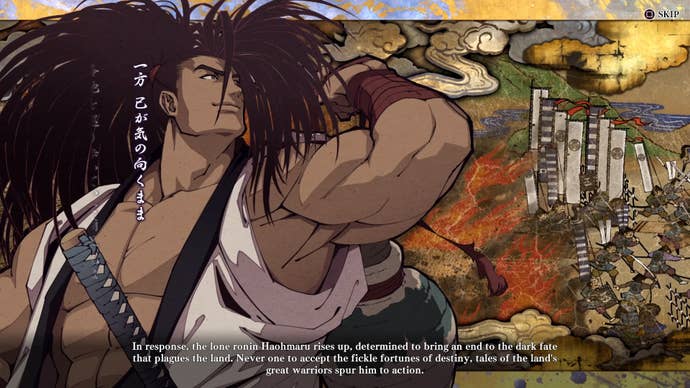
Samurai Shodown has a story mode, albeit a very basic one reminiscent of older fighting games. You pick a character and fight through members of the roster, travelling the world to tussle on their home turf. There are a few interstitials, either providing backstory on your chosen fighter or teasing the final boss. Then you fight the final boss, who is one of the least engaging fighting game boss characters I've ever faced, and get a character ending. It's a little bit more than older games ever got, but a far cry from Mortal Kombat 11 or even what recent games like Dead or Alive 6 have offered.
There's a very barebones tutorial that teaches you game mechanics, but not much else, and a practice mode as well. A few single-player options round things out, with survival, gauntlet, and time trial modes. It's very basic and clear—if you play Samurai Shodown, you're probably playing it for the multiplayer.
On the multiplayer side, it's the same as the rest: solid core, slim offering. You can make player lobbies and compete in casual matches or jump into ranked, but the sheer bevy of prompts and options made organizing an online match a daunting task. The netcode seems solid, though your mileage will vary. Basically, pay attention to how many bars your opponent has when connecting, same as any other game. Besides standard casual and ranked, both of which work, but have oddly confusing and layered menus that can make it frustrating to just jump into a casual match, the main draw is the Dojo mode. This records your fighting style on different characters, and then creates a "ghost" fighter that imitates your style, which you and other players can fight.
Finding ghosts seems somewhat limited and unintuitive, and even on day one, ghosts seem to just imitate moves without much cohesion. Maybe the learning AI behind these systems will improve given time, but right now, it's not much more than some interesting tech. It also doesn't solve the problem of adding something compelling for the casual player to latch onto; between relaxed casual lobbies being finicky to set up and the other options being ranked or fighting goofy ghosts, there still isn't much to latch onto here.
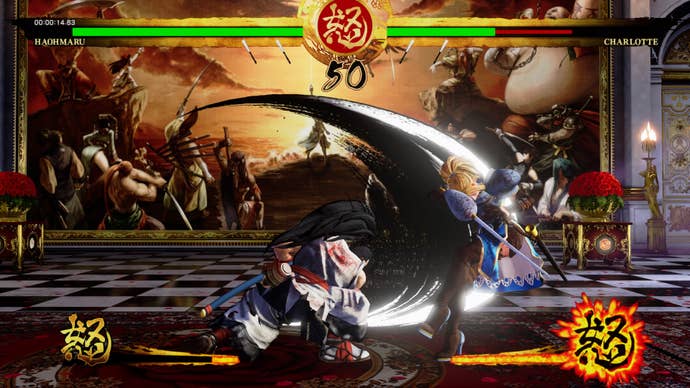
The look of Samurai Shodown is one thing to make special note of, as it seems as influenced by older Japanese art as it does by Arc System Works' work on the Guilty Gear and Dragon Ball games. A 3D graphic style set on a 2D plane, with heavy strokes and shading accentuating angles and highlights, give some shots an almost-painted look.
In motion it looks great, though certain animations are a little more subtle than others. Katanas and blades have stark, visible slash lines as they swing around, and special moves have a lot of flare, like Haohmaru's flaming tornados or Galford's lightning blasts. Samurai Shodown is wholly committed to an aesthetic and it shows, though I might've preferred less flourish on some special moves that end up obfuscating the action on-screen. The stranger choice is the amount of stats, numbers, and graphics that flood the screen after matches that just seem like a bit too much.
Samurai Shodown captures the spirit of the older games, veering towards a mix of older and newer series entries. For competitive players, it provides a modern platform to play careful, deadly mind-games; but for a casual player looking for an experience that doesn't thrive in Versus mode alone, you'll be left wanting. It's nice to see SamSho back in the spotlight, but I wish it had a little more to keep me playing beyond just fighting other players.
ConclusionSamurai Shodown captures the spirit of the older games, veering towards a mix of older and newer series entries. In terms of single-player, but it's a a far cry from Mortal Kombat 11 or even what recent games like Dead or Alive 6 have offered. On the multiplayer side, it offers a solid core, but not much else. It's nice to see SamSho back in the spotlight, but we wish it had a little more to keep us playing beyond just fighting other players.
